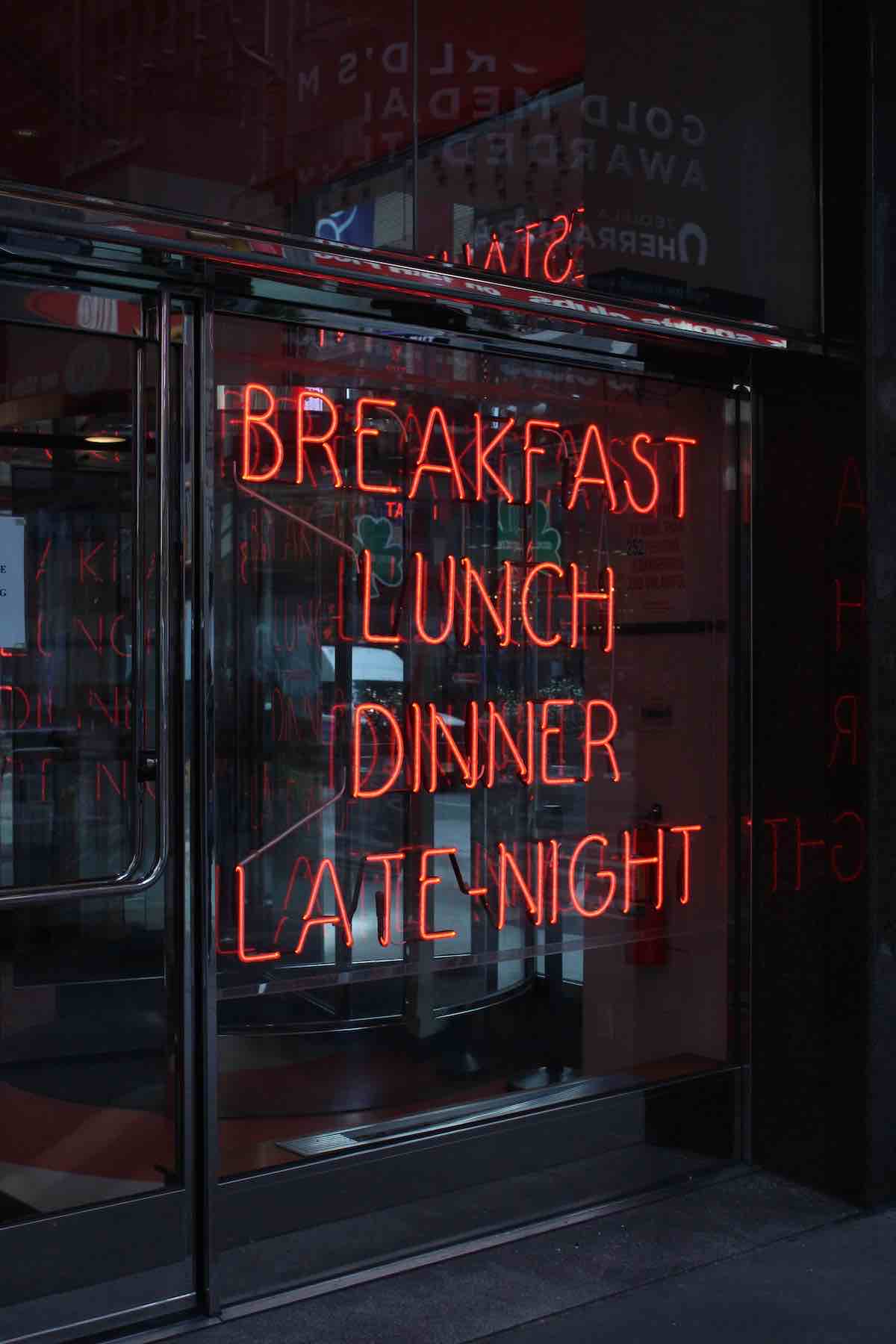Restaurants have been on a rollercoaster ride for over three years of shutdowns, supply chain issues, and labor shortages. Now, could there finally be good news for the restaurant industry?
Full-service restaurant sales, as reported by companies like the Cheesecake Factory, Cracker Barrel, and Denny’s, were higher in the third quarter of 2022 than in the same quarter of 2019. *
The Industry “registered total sales of $87.2 billion on a seasonally adjusted basis in September, according to preliminary data from the U.S. Census Bureau. That was up from August’s upward-revised volume of $86.8 billion – and marked the second consecutive monthly increase in nominal sales.” **
Gross income numbers show restaurants bringing in significantly more money, but most of that increase was due to higher menu prices. After adjusting for inflation, sales for the quarter were nearly a billion dollars lower. Ouch!
Breaking down how inflation has affected restaurant operations, we know that the price of supplies has gone up, including containers, gas, and oil. Rent and Labor costs are up 15% in the last year and wholesale food prices are up 17%. ***
Customer Behavior has Changed.
Of course, customers have been squeezed by inflation and so have less money to spend. Having been pent-up for most of the last few years, people are motivated to go out, but with higher prices at restaurants, they have become very sensitive to prices. They will either go out less or order less expensive dishes and avoid premium drinks.
Takeout
During the pandemic, full-service restaurants had to adapt to survive by offering pickup and takeout, plus delivery options. The plan was for that type of service to be temporary till the lockdowns were over. It turns out that consumers got used to it, and many full-service restaurants now make up to 20% of their income from takeout, as opposed to somewhere around 5% pre-pandemic.
Since full-service restaurants were not designed to handle that much takeout efficiently, it has created added strain and challenges to profits.
The QSR Category
The Quick Service Restaurant (QSR) category, however, is a different story.
“The QSR or quick service restaurant sector quickly found its footing amidst a changing environment and hasn’t looked back. They thrived in the take-out and delivery model, implementing technology, and managing rising food cost with menu price offsets and better controls.”
Other restaurant segments are seeing a slower return to normal, particularly the full-service model.
“Those restaurants offering a dining experience are hampered by larger staffing requirements, clients who are still not returning in full force, and slower adoption of a take-out model where a social event is the reason for the meal,” said Gagnon. “They also typically have larger protein portions — think steakhouses for example — and inflationary pressure on beef and chicken costs have affected them more significantly.” ****
The Outlook
So far, inflationary pressures continue to squeeze the economy and the consumer. Restaurants can pass on some of the extra costs, but at a certain point, there is only so much the average person will spend on a slice of pizza.
The industry should look into ways of cutting costs. That might mean adding new technology to process orders, particularly takeout orders, more efficiently. Investing in more energy-efficient appliances or automating some parts of the kitchen could make surviving easier till this inflationary period subsides.
How We Help
You can maximize ROI and extend the life of your commercial kitchen equipment with our Preventative Maintenance and Refurbishing Services.
We can also save you 10% on all services when you sign up for one of our Managed Services Packages. Upgrade from just break-fix and have predictable pricing and work with a partner who cares about helping you to maximize ROI. Call us today and learn more.


Recent Comments